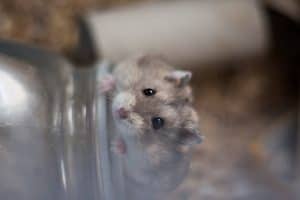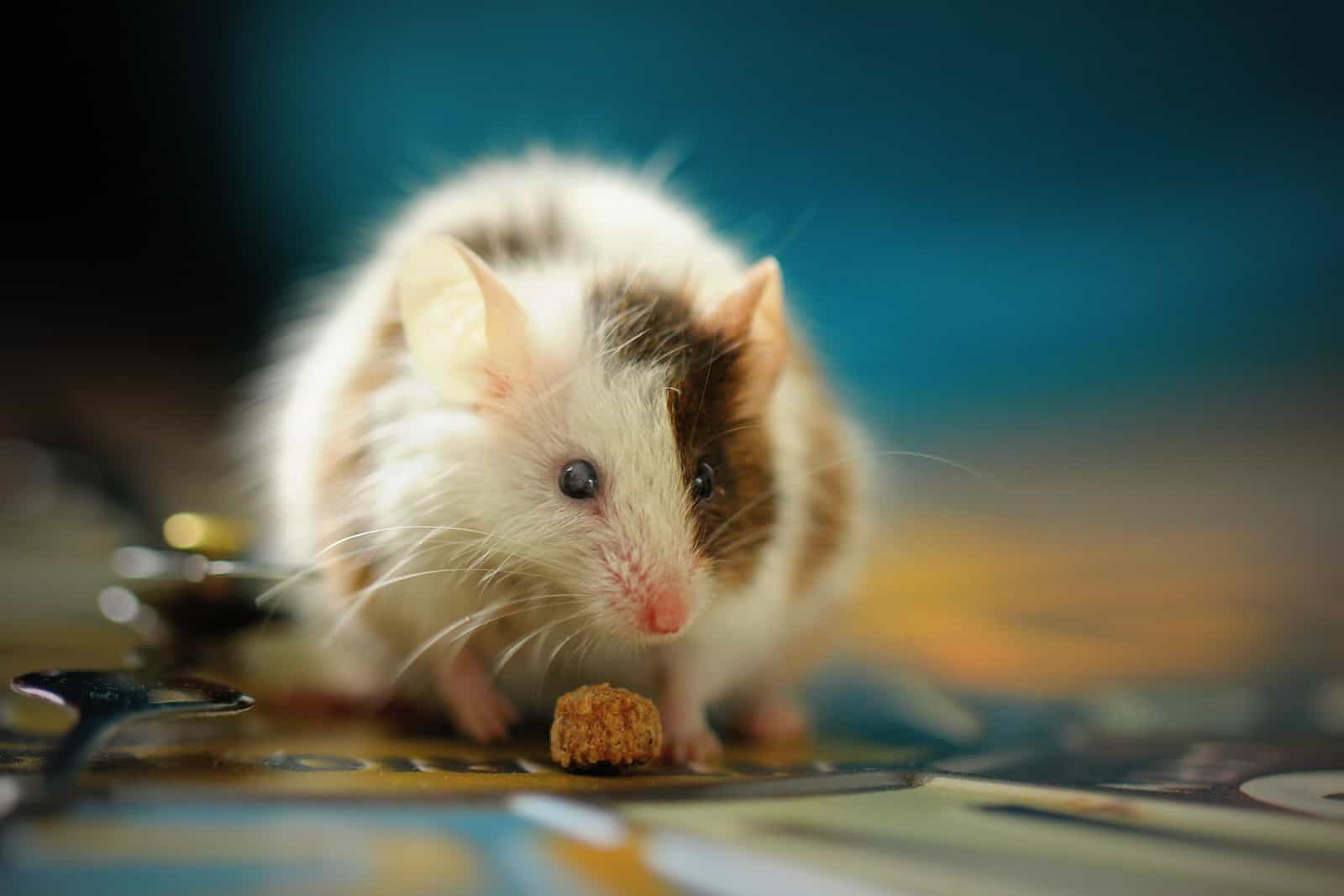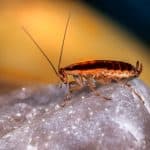From cutout cookies to gingerbread houses, holiday baking is a fun tradition for many families. Pantry pests, or stored product pests that tend to gather around food stowed in pantries and cabinets, can quickly become a hassle for homeowners during the holidays.
A variety of critters fit into the category of pantry pests including beetles, ants, earwigs, weevils and pillbugs, but the most common species are the Indianmeal moth and merchant grain beetle. Fortunately, neither of these pests pose serious health or property threats, however, they can become major nuisances to homeowners due to their quick ability to infest an area in a short amount of time.
Pantry pests can infest common baking ingredients such as flour, dried fruit, nuts, chocolate and more. In some cases, they are also attracted to dried flowers and potpourri, which make decorations another susceptible breeding ground for home infestations. Merchant grain beetles are typically not found in grain products, but instead like to attack cake mixes, macaroni, cookies and chocolate. Indianmeal moths like to feed on dried fruits, grains, seeds, nuts, chocolate, birdseed, dog food, powdered milk, dried red peppers and candy.

Now, as the holiday season kicks into full swing, people across the country will begin running to the grocery store and digging into pantries for baking ingredients to make their favorite holiday treats. But, before rummaging through to find the spices and flour, consider inspecting all of the pantry items to ensure they are pest free. Here are some other tips to guard against pantry pests and help the holiday baking plans run smoothly:
- Purchase proper storage: Invest in some Tupperware-type containers with secure lids. These will not only keep your pantry looking nice, but will also protect your food from pantry pests and even small rodents that may be looking for an extra meal. Anything made of plastic or glass works well, as long as the storage item comes with a tight-fitting lid.
- Store seasonal décor: Dried foliage, potpourri and Indian corn should be kept in airtight containers during off seasons and unpacked outside prior to displaying them inside the home for the holidays.
- Use a bay leaf: Add a bay leaf to canisters and packages of dry goods like flour, rice and other grains – the herb’s pungent scent repels many pantry pests.
- Inspect the groceries: Most pantry pests are brought into the home from items that are already infested such as food in paper grocery bags, cardboard or plastic bags. On your next shopping trip, make sure to inspect the packaging of all items before tossing them into the cart. If a package is opened or shows the slightest sign of damage, do not purchase it. For products already in the home, visually inspect and sift through ingredients to ensure they remained pest-free while in storage.
- Check the date: Remember to check expiration dates on baking ingredients before use. Occasionally sort through old items in the pantry and toss out anything that’s been stored for a long period of time.
- Practice good sanitation: Do not let spills sit for a long period of time. Immediately wipe up any crumbs or spills from countertops, tables, floors and shelves, and dispose of garbage regularly in sealed receptacles. Also, consider periodically emptying the cupboards and cleaning them with soap and water to get rid of any bugs that may be hiding inside.
- Seal cracks: Look for any cracks or holes where pests might be coming into your home especially around the stovepipes and water pipes. Also, eliminate all moisture sites, including leaking pipes and clogged drains with a dehumidifier.
If you find pantry pests in your kitchen, discard the infested foods in outdoor trash bins and clean all of the shelves in the cupboards with a vacuum. If an infestation has already taken root, consult with a licensed pest professional to inspect and treat the problem. A pest control professional can keep these pests from multiplying and contaminating other foods in your home.




